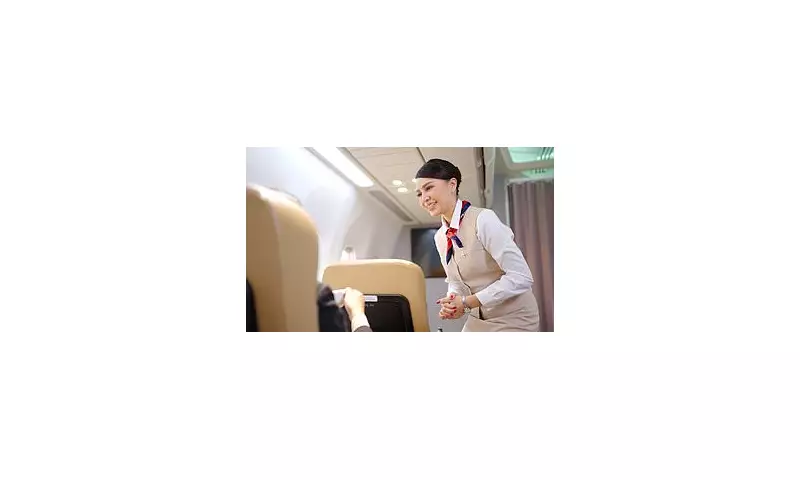
Have you ever wondered what flight attendants are really saying when they gather in the galley and speak in hushed tones? A seasoned cabin crew member has lifted the lid on the secret communication system used by airline staff to discreetly discuss passengers and situations without causing alarm.
The Hidden Language of the Skies
According to the flight attendant, who shared these aviation secrets online, cabin crew use specific codes to communicate everything from passenger attractiveness to potential security concerns. This covert language allows them to maintain professionalism while keeping each other informed about what's happening throughout the aircraft.
What Those Secret Numbers Really Mean
One of the most intriguing revelations involves the use of code numbers. When you hear flight attendants mentioning specific numbers over the intercom or to each other, they're often communicating much more than meets the ear.
- Code 1: Used to discreetly identify an attractive passenger
- Code 2: Indicates a passenger who's being particularly difficult or demanding
- Code 3: Alerts crew to a potential security situation requiring attention
- Code 4: Signals a medical emergency that needs immediate response
Why Cabin Crew Need This Secret Language
The flight attendant explained that these codes serve multiple important purposes. Primarily, they allow crew members to communicate sensitive information without embarrassing passengers or causing panic among other travellers. This discreet communication system helps maintain calm and order while ensuring the crew can effectively manage any situation that arises during the flight.
Beyond Passenger Appearance: The Practical Applications
While the codes for attractive passengers have generated significant interest, the flight attendant emphasised that most codes serve practical safety and service purposes. From identifying passengers who might need extra assistance to flagging potential issues before they escalate, this system forms the backbone of effective cabin management.
The revelation has sparked widespread curiosity among frequent flyers, many of whom are now listening more carefully to cabin crew conversations. However, the flight attendant noted that codes can vary between airlines, and crew members are trained to use them subtly and professionally at all times.
This insider knowledge provides a fascinating glimpse into the complex world of aviation communication, where every word and number can carry hidden meaning at 30,000 feet.





